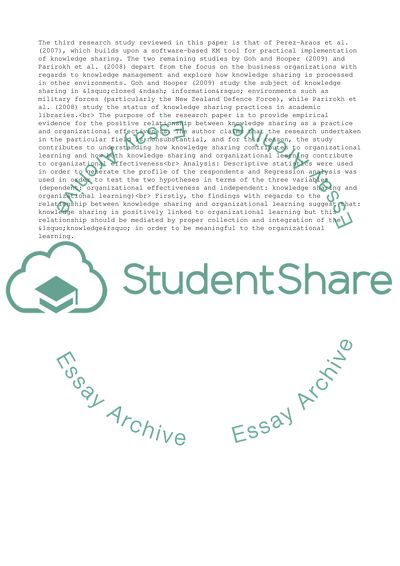Cite this document
(Knowledge Sharing in Organizations Annotated Bibliography, n.d.)
Knowledge Sharing in Organizations Annotated Bibliography. Retrieved from https://studentshare.org/management/1743139-knowledge-management-knowledge-shairing
Knowledge Sharing in Organizations Annotated Bibliography. Retrieved from https://studentshare.org/management/1743139-knowledge-management-knowledge-shairing
(Knowledge Sharing in Organizations Annotated Bibliography)
Knowledge Sharing in Organizations Annotated Bibliography. https://studentshare.org/management/1743139-knowledge-management-knowledge-shairing.
Knowledge Sharing in Organizations Annotated Bibliography. https://studentshare.org/management/1743139-knowledge-management-knowledge-shairing.
“Knowledge Sharing in Organizations Annotated Bibliography”, n.d. https://studentshare.org/management/1743139-knowledge-management-knowledge-shairing.


